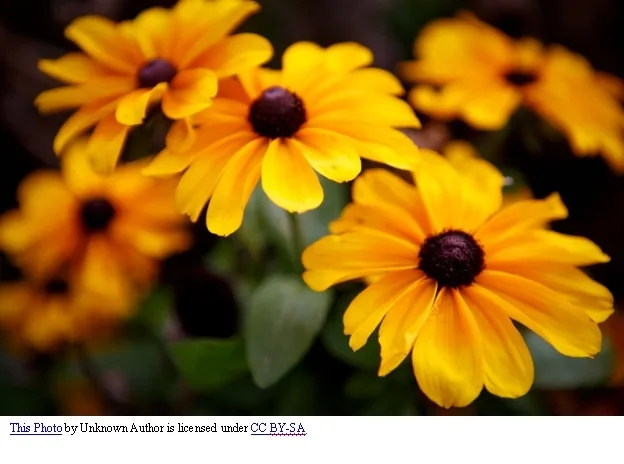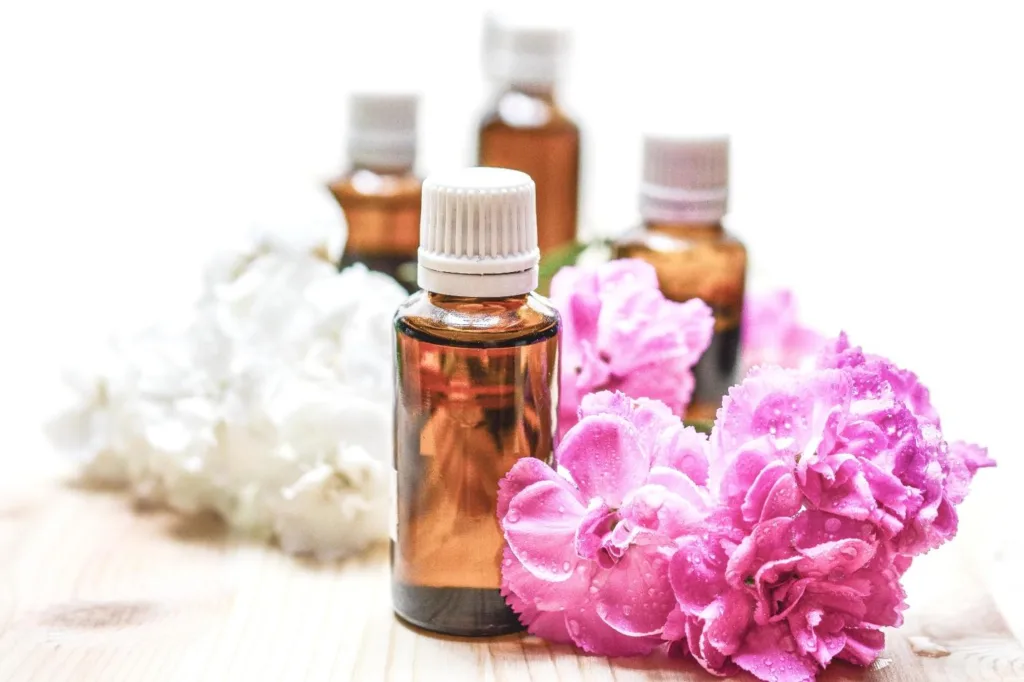Introduction
Perfume extraction methods from flowers are both technical and exciting. Making perfumes with flowers is a delightful journey into the world of fragrance creation. Flowers are a combination of natural compounds produced by specific floral cells. Crafting your signature scent through the beauty of flowers allows you to embrace nature’s elegance. The lovely fragrance that flowers release draws us in and creates a personal fragrance that reflects our style.
Perfume extraction methods from flowers depend on the type of flower. Many methods are used in the perfume industry for those interested in natural perfumes. Each flower extraction method has its benefits and drawbacks. In this blog, you’ll learn about some of the most common perfume extraction methods.

Use of Flowers in Making Perfumes
Flowers play a pivotal role in perfume production because of their rich and diverse range of aromatic compounds. The use of flowers enhances the olfactory experience in perfumery. It also provides a natural and botanical essence to the final scent that makes the fragrance more dynamic and alluring.
Five Popular Perfume Extraction Methods from Flowers:
1. Steam Distillation
It is the most widely used perfume extraction method for obtaining essential oils from flowers. The process involves passing steam through the flower material, which causes the volatile scent compounds to evaporate. The steam and essential oil vapors are then condensed and composed separately. Flowers like lavender and geranium are suitable for this method.
Benefits of Steam Distillation for Perfume Extraction
Steam Distillation has the following benefits:
- Preservation of Aromatic Compounds:
This is the most frequently used technique for keeping the delicate aromatic compounds found in some flowers. It results in high-quality essential oils with the true fragrance of the flower.
- Solvent-Free Extraction:
It’s a Its solvent-free extraction method. It’s the best option for creating natural and organic essential oils free from hexane contamination. Steam distillation is for all flowers, which is the main reason behind its cost-effective and safe method.
- Separation of Essential Oil and Hydrosol:
Hydrosol, or floral water, is a co-product of steam distillation. Hydrosol has its own set of uses and merits. Essential oil is used and collected alongside the co-product.
- Versatility:
Steam distillation is an effective method for obtaining essential oils from various botanical sources. It is applied to several flowers and plant materials.
Many flowers can be steam-distilled or not. Here are some that are suitable for producing essential oils: lavender, chamomile, neroli, ylang-ylang, geranium, and clary sage.
Limitations of Steam Distillation for Perfume Extraction
Steam Distillation has the following limitations:
- Temperature Sensitivity:
Using high temperatures can damage some delicate aromatic compounds in steam distillation and affect the fragrance quality.
- Water Solubility:
Some fragrance components are water-soluble, which might not be extracted by steam alone, reducing the perfume’s safety.
- Slow Process:
Steam distillation is a slow process. It requires more time to extract oil from large quantities of plant material.
- Equipment Complexity:
Steam distillation equipment and maintenance can be complicated and require knowledge. This can also raise production costs.
Overall, steam distillation is a widely used method. However, due to its limitations, it may only be suitable for some perfume ingredients.
2. Solvent Extraction
This perfume extraction method mainly uses delicate flowers like jasmine, rose, and tuberose. It involves using solvents like hexane and ethanol, which dissolve the aromatic compounds in the material. Then, the solvent separates the concentrated fragrance oil from the extract.
Benefits of Solvent Extraction for Perfume Extraction
Solvent Extraction has the following benefits:
- Efficient Extraction of Fragrance:
This method is highly effective at capturing and preserving flowers’ delicate and complex fragrance compounds. This technique also produces a rich and accurate detection of flower scent.
- Extraction of Fragile Components:
Solvent extraction works well for delicate and heat-sensitive compounds because it can capture a wide range of aromatic molecules that may change or be lost to other molecules.
- Ability to Work with Fragile Flowers:
This method is best for flowers that are too weak or have a small oil content. This extraction process also reduces the chance of damaging the flower material.
- Consistency and Purity:
This solvent extraction method provides a compatible and actual product. It ensures that the scent and chemical composition are maintained.
Limitations of Solvent Extraction for Perfume Extraction
Solvent Extraction has the following limitations:
- Residual Solvents:
The possibility of residual solvents in the final product is a significant concern when using solvent extraction, even for absolute oils. If the product smells slightly like petroleum, then the product has yet to be purified completely. In this documentation, the supplier must guarantee 1 part per million.
- Environmental and Health Concerns:
Hexane use is risky for the environment, so proper handling is essential to reduce negative impacts.
- Cost:
Solvent extraction can be very costly. Some equipment, safety measures, and solvent handling are needed. The cost of production also increases if careful purification is required.
- Time-Consuming Process:
This method’s purification step takes a long time, which negatively affects the person who has more urgent production needs.
- Alteration of Natural Scent:
This method always risks changing the natural scent of the flower. It may not always capture the exact scent of the fresh flower, but it might be desirable in some cases.
3.Enfleurage Perfume Extraction
This perfume extraction method is old and labor-intensive. It involves putting flower petals in a layer of unscented fat, such as lard or vegetable fat. After hours, the fat soaks up the aroma compounds from the flowers. Then, the fat is washed with alcohol to extract the fragrance compounds. This method is suitable for flowers like roses, tuberose, and jasmine.
Benefits of Enfleurage Perfume Extraction
Enfleurage Perfume Extraction has the following benefits
- Preserves Delicate Scents:
The Enfleurage perfume extraction method is best for preserving delicate scents of flowers that might change with other methods. Because of this, it is ideal for extracting the aroma of flowers like roses, jasmine, and tuberose.
- No Heat Involvement:
This process does not use heat, which accurately depicts the flower’s scent.
- High-Quality Fragrance:
This method is gentle and maintains the flowers’ complete aromatic profile; enfleurage can produce pure, high-quality essential oils or absolutes.
- Versatility:
This method gives the best result in extracting oil from the flower with low oil content.
Limitations of Enfleurage Perfume Extraction
Enfleurage Perfume Extraction has the following limitations
- Labor-Intensive:
This process takes much time as it involves placing petals on a layer of fat and then changing petals repeatedly to ensure that the fragrance is absorbed.
- Limited to Certain Flowers:
It is unsuitable for all flowers and plants, as some are very delicate and have high essential oil content.
- Low Yield:
This method has a low yield compared to other extraction methods, such as steam distillation or solvent extraction. This means that it may not work well for large-scale productions.
- Requires Skill and Precision:
This process needs skills and precision to get a better result. People without knowledge or equipment find this to be a barrier.
- Fat-Based:
It is fat-based, which is an issue for those looking for vegan or synthetic alternatives.
4. Supercritical Fluid Perfume Extraction
The supercritical fluid extraction perfume method is new and efficient. It produces high-quality essential oils. This method uses carbon dioxide in the supercritical state as a solvent to extract scent compounds from flower material.
Benefits of Supercritical Fluid Perfume Extraction
The supercritical Fluid Perfume Extraction method has the following benefits:
- High Selectivity:
Supercritical CO2 is a solvent frequently used in SFE. This method’s highly selective nature allows for the exact extraction of desired aromatic components from flowers.
- Low Temperature and Pressure:
SFE works at very low temperatures and pressures, which helps protect the fragile, volatile substances in flowers. This process also reduces the possibility of extracted oil shifting.
- High Purity:
SFE is highly pure as it avoids the use of chemical solvents, and in the final product, they do not introduce impurities.
- Reduced Processing Time:
This perfume extraction method is faster than other methods, like steam distillation or enfleurage. It is very effective for large-scale production.
- Lower Energy Consumption:
SFE operates at a lower temperature, which reduces energy consumption and, as a result, increases its cost-effectiveness.
Limitations of Supercritical Fluid Perfume Extraction
The supercritical Fluid Perfume Extraction method has the following limitations
- High Equipment Cost:
It needs specialized machinery and expertise, which small-scale producers need help to afford.
- Complex Process:
SFE is very difficult and involves strict temperature, pressure, and flow rate control. Operators need specific training for safety purposes.
- Extraction of Non-Aromatic Compounds:
The supercritical fluid extraction method is highly effective, but it can sometimes extract non-aromatic compounds.
- Limited Solubility:
CO2 may not be suitable for all types of flowers or plant materials because it has limited solubility for some aromatic compounds.
- Residual CO2 Removal:
The most difficult and risky step is to separate CO2 from the essential oil after extraction.
5. Maceration Perfume Extraction
In this perfume extraction method, you must soak the flower material in a carrier oil to create the fragrance. This is a slow process, as it can take several weeks or even months for the oil to become saturated.
Benefits of Maceration Perfume Extraction
The Maceration Perfume Extraction method has the following benefits
- Effective Extraction:
It is very effective in extracting several aromatic compounds from plant materials. It also extracts aromatic compounds that are even more difficult to capture with other methods. It helps extract scent from materials that contain much oil.
- Simplicity:
It is a straightforward process that does not require any complex equipment. It only requires a long-term soaking of plant material in alcohol or oil, making it more accessible on a smaller scale.
- Versatility:
This method is valuable as it creates diverse fragrance profiles. It is used for various plant materials, including flowers, leaves, and fruits.
- Limitations of Maceration Perfume Extraction:
The Maceration Perfume Extraction method has the following limitations
- Time-Consuming:
This is a time-consuming process. For this process, the plant material has to be soaked for the time being. This prolonged duration can have a harmful impact on the person who has more urgent production needs.
- Limited Yield:
This method has a limited yield compared to other extraction methods, such as steam distillation or solvent extraction.
- Solvent Dependency:
The solvent selected can have an impact on the final product. For example, alcohol-based maceration may change the fragrance profile compared to oil-based maceration
- Storage Issues:
The solvent and plant material must be adequately preserved to avoid spoilage or be handled carefully.

Conclusion
Perfume extraction methods from flowers are a creative experience that allows you to capture the essence of nature in a bottle. Extracting perfume from flowers brings a touch of botanical elegance into your daily life.
The steam distillation extraction method is the mozt cost effective method to use. However, it is done on a limited number of flower materials. The solvent perfume extraction method is the most usual and resourceful for delicate flowers. However, you must buy it from the best perfume manufacturers or suppliers who deliver the best quality material.
The enfleurage perfume extraction method is costly. Suppose you want to locate authentic gardenia oil from Tahiti. In that case, it is worth searching for enfleurage perfume extraction, which is very expensive.
Finally, the maceration perfume extraction process is just so fun for artisan perfume manufacturers. With patience, you might get lucky. It is amazing extracting.

